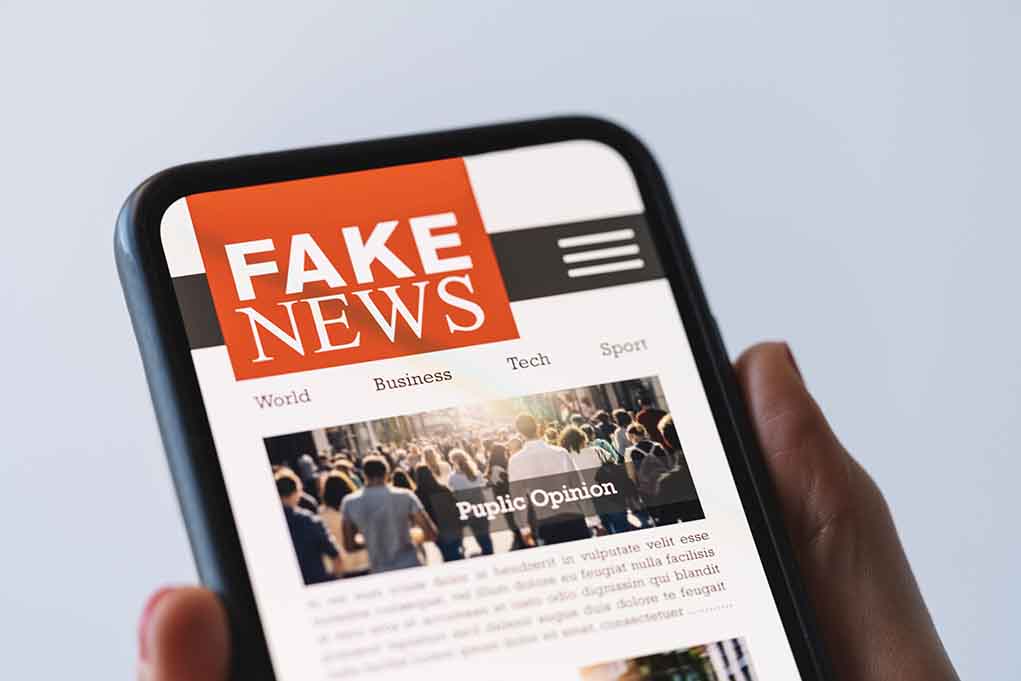
Fake News Is Everywhere — Here’s How To Spot It Every Time
(NRPI.org) – These days, it’s tough to know if you’re reading or watching a news story if it’s real, or if it’s fake. With so much actual news being so outlandish (on all sides), it’s easy to wonder if you’re being had, or if Elvis really is alive and bringing ET home. The first amendment guarantees that Americans have the freedom to say pretty much anything we want; the problem is that nowhere does the Constitution mention truth from fiction.
Kinds of Fake News
No matter how bizarre fake news gets, there are really only two types of misleading content.
Stories That are Fake
These are completely made-up articles or posts that are usually designed as clickbait—to make you click over to a particular website for more info, to encourage you to buy something, or to simply make you believe something that isn’t true.
Stories with Some Basis in Reality, but a Healthy Dose of Make-Believe
Digital editing and AI make it insanely easy for bad actors to create videos that are not real, using a snippet of a politician’s speech and then editing it so that it appears to say something completely different than the actual statement. Journalists who want you to agree with their point of view do the same thing by only using a part of a quote, so they can analyze the meaning in a way that supports their ideals.
Fortunately, there are some simple ways to tell if what you’re seeing or hearing is the real thing. All you have to do is learn a few tips for spotting fake news, and you’ll know the reality fairly quickly.
Consider the Source
Credible news sources and journalists are duty-bound to report just the facts, without interjecting their personal biases into the news they’re reporting. Know that the news division of an organization has a totally different standard than the editorial pages or opinion pieces, and that’s perfectly okay.
The Wall Street Journal is a great example. Their news coverage is fact-based and to the point, with little personal analysis, if any. The editorial pages definitely skew to a certain direction, but it’s not fake news—it’s opinion.
Research the Source
Most fake news comes through your news feed on social media. Here’s how to sharpen your online investigative skills.
Check the source—click away from the story to check out the website, other content, contact information, and “about us” pages. If there isn’t much there, it’s probably not real.
Look up the author—can you find a profile on LinkedIn, or any other work they’ve done? If there’s no internet presence, it’s entirely possible the “author” isn’t even real—a huge red flag.
Finally, go to Snopes.com or Factcheck.org to verify the story. Those two sites are the standards for sussing out the real from the fake.
Check the URL
Look at the URL in the search bar of your browser. If it looks sort of legitimate, open the site in a new tab and check the URLs against each other. A really long URL is usually a giveaway that it’s fake—CNN.com will only have a short URL, while a fake will go on to cover most of the search bar.
Is It Satire?
It wasn’t so long ago that any headline you read on the Onion was so ridiculous you knew it was fake, but it’s getting harder to tell. No, The Onion is not a credible news site, but it is clever enough to make you think twice. Check for a disclaimer on the page that confirms what you’re reading is, indeed, intentionally misleading satire. World News Daily is another satirical site that’s full of fun fake news.
Copyright 2022, NRPI.org














